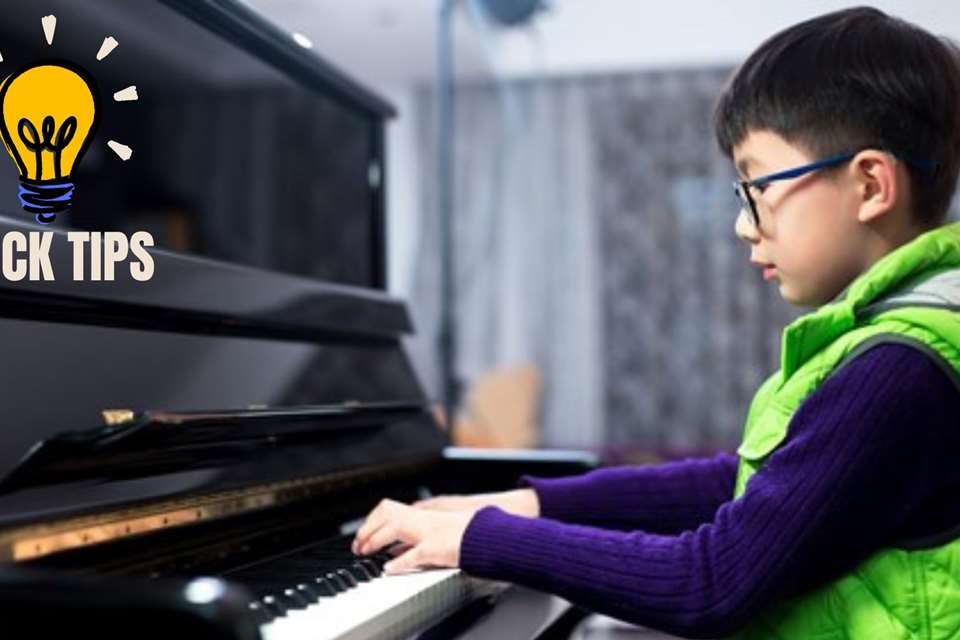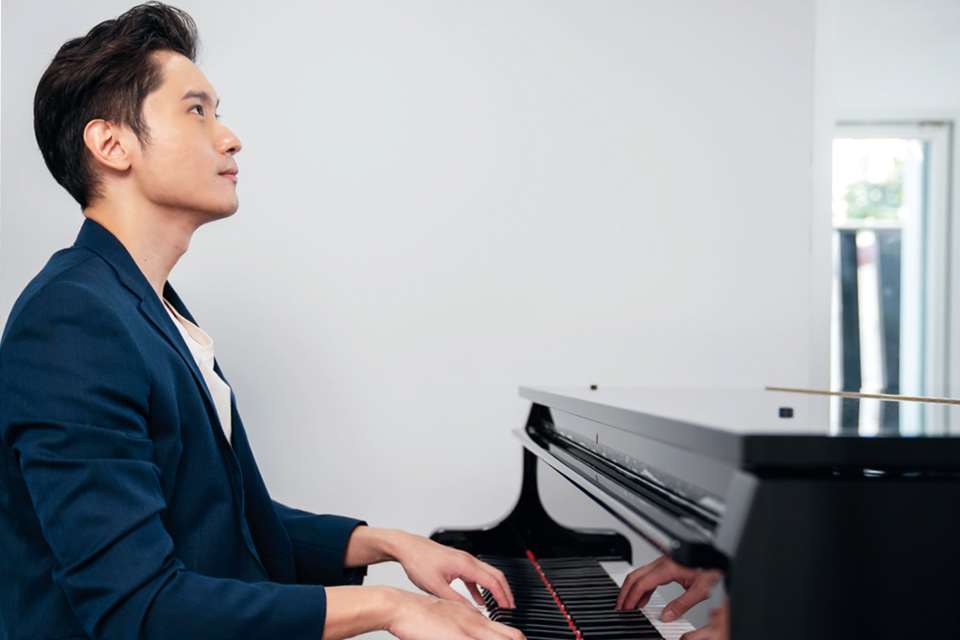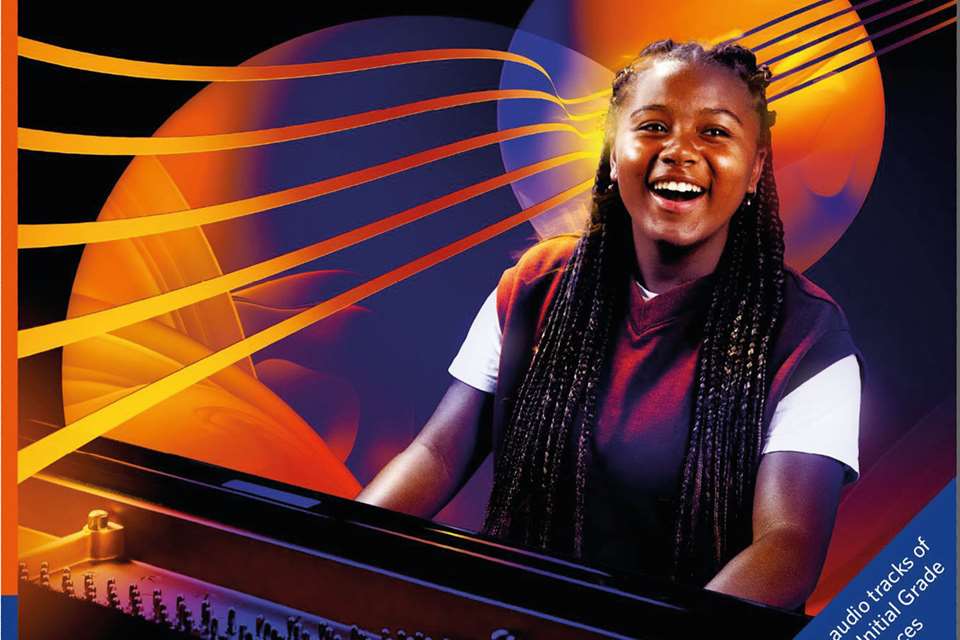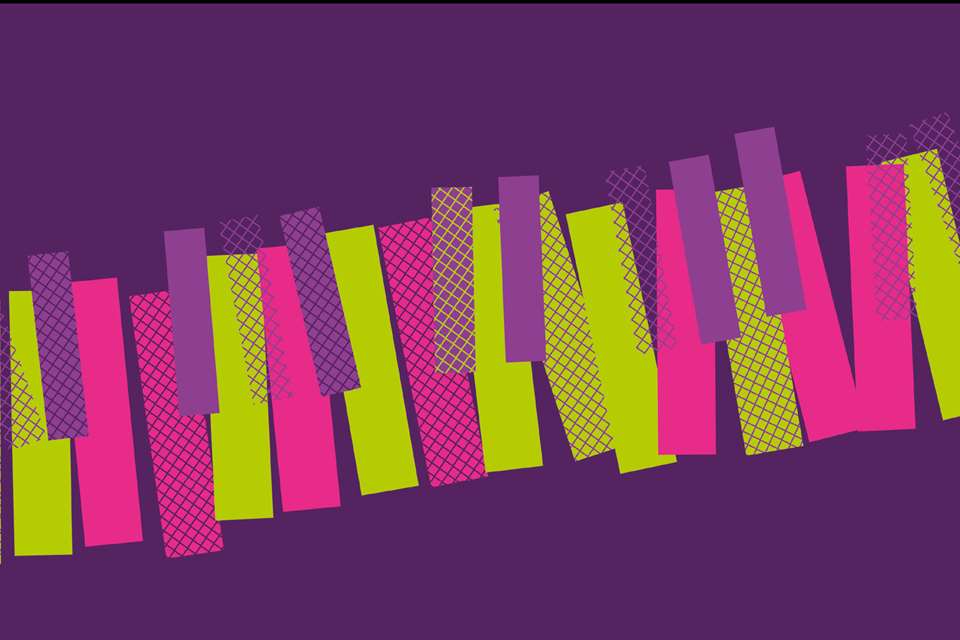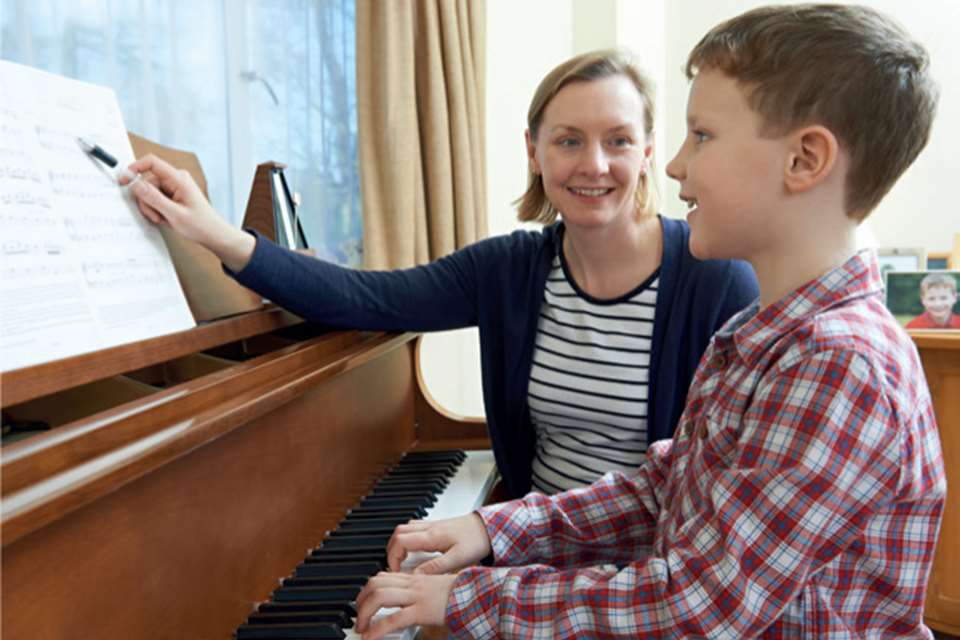Reviews: Essential Piano Technique
David Barton
Friday, March 1, 2024
David Barton reviews Penelope Roskell's Essential Piano Technique series, published by Edition Peters.
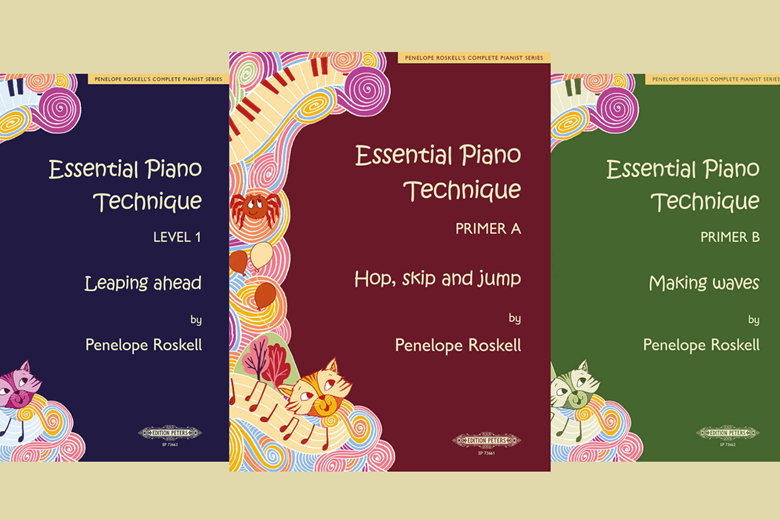
Technique has always been a contentious issue among piano teachers. Within piano teaching circles, ‘correct’ or, as I prefer to call it, ‘effective’ technique is hotly debated. There are many different approaches to technique. Of course, despite many books and resources dedicated to this topic, it can be learnt through a range of different means, including through the repertoire itself. That said, there are times when books specifically covering technique, or providing countless technical exercises, are valuable, and these greatly enhance the learning experience.
Penelope Roskell's award-winning book The Complete Pianist has been much valued and extensively used by pianists and piano teachers alike. It's a hefty volume, so Essential Piano Technique, comprising three shorter books as a progressive series, is a fantastic addition to the range of materials available. It brings Roskell's expertise and experience to a wider audience.
The three books are called Primer A (‘Hop, skip and jump’), Primer B (‘Making waves’) and Level 1 (‘Leaping ahead’). These are designed to support students’ development in the first two-to-three years of their journey learning the piano.
Understandably, with so many books related to piano technique on the market, teachers may well wonder what this series offers, over and above the others. First, these are written and produced by someone who clearly has their finger on the pulse when it comes to piano teaching and music education generally. They are written in a way that is as user-friendly for the teacher as for the student. Each book includes detailed notes for teachers, demonstrating how the material can be used effectively as part of a student's wider musical learning. For both students and teachers, there are links to videos which show the techniques being demonstrated in practice. This aspect is a real bonus, showing that it's possible to combine effectively a traditional book with supplementary digital and online resources.
Memorable images
Each book in the series is divided into sections, each covering a particular aspect of technique. The names given to the sections are likely to mean more to teachers than to students, but, importantly, Roskell is especially good at presenting these in ways learners will understand. For example, lateral movement is introduced as ‘floating over rainbows’, and legato phrases as ‘drop and walk’. In my experience, these visual representations are hugely valuable to students of all ages, and Roskell is ingenious in choosing those which are likely to be the most memorable.
Is this a method book? Is it a book of exercises? Is it a book of pieces? In many ways, it's all these combined, but in a way that can easily supplement the other books students are using. Exercises are combined with short pieces, and these, together with the videos and/or teacher demonstration, cover each aspect of technique from a range of different angles.
It's important to highlight how technique isn't covered in a way that isolates it from other aspects of learning. Rhythmic exercises are included, as well as frequent opportunities encouraging expression and character in a student's playing. In these books, Roskell is also keen to highlight how different techniques can be applied in practice, whether in scales and arpeggios or the phrasing of a piece. For example, by the third book, Level 1, students play B major and C major scales hands-together. There is a clear progression up to this point, across the three books, and there are plenty of reminders to reinforce earlier work. As well as playing these scales hands-together, students are reminded to ‘parachute onto the first note of each phrase’.
Rounded approach
Aspects of music theory are also included, but in a way which is relevant to the techniques being covered. For example, the third book covers chords in inversions, and students are encouraged to think about the way the fingering alters for different inversions. Again, there is always a reminder of previous techniques, and how they should also be applied, really reinforcing the progression and development of technical ability.
Some of the pieces also include teacher duet parts, which add enormously to the enjoyment of playing from the very earliest stages of learning. In addition there is a strong focus on healthy technique, and there are sections with warm-ups and reminders about effective posture.
Just as Roskell states, teachers are encouraged to develop a flexible approach across the series that considers the needs and aspirations of each individual learner. Teachers are encouraged not just to use these books in conjunction with others but to supplement the material here with other resources. In fact, many of the visual representations would lend themselves to physical movements akin to those taught through a Dalcroze approach.
I believe these books are primarily aimed at children; however, I see no reason why they couldn't be used by adult learners too. The illustrations and suggestions are not childish, and merely add a varied feel to the pages. I have already earmarked the series for some of my early-stage adult learners. The presentation and layouts are clear, uncluttered and visually appealing.
Overall, these three books offer a holistic gateway to developing healthy, meaningful and effective piano technique. They are clearly well-researched and written, and produced in a way that makes them user-friendly for both teacher and student.
If you are familiar with Roskell's work, then her approach will come as no surprise; but if you aren't, these books offer a refreshing, flexible and progressive way of effectively developing students' technique in your lessons.
Roskell was recently appointed chair of the European Piano Teachers Association, and Essential Piano Technique recently won Presto Music's ‘Education Publication of the Year’. This is a thoroughly well-deserved accolade, only reinforcing the essential place these books should find within the piano teaching community.


